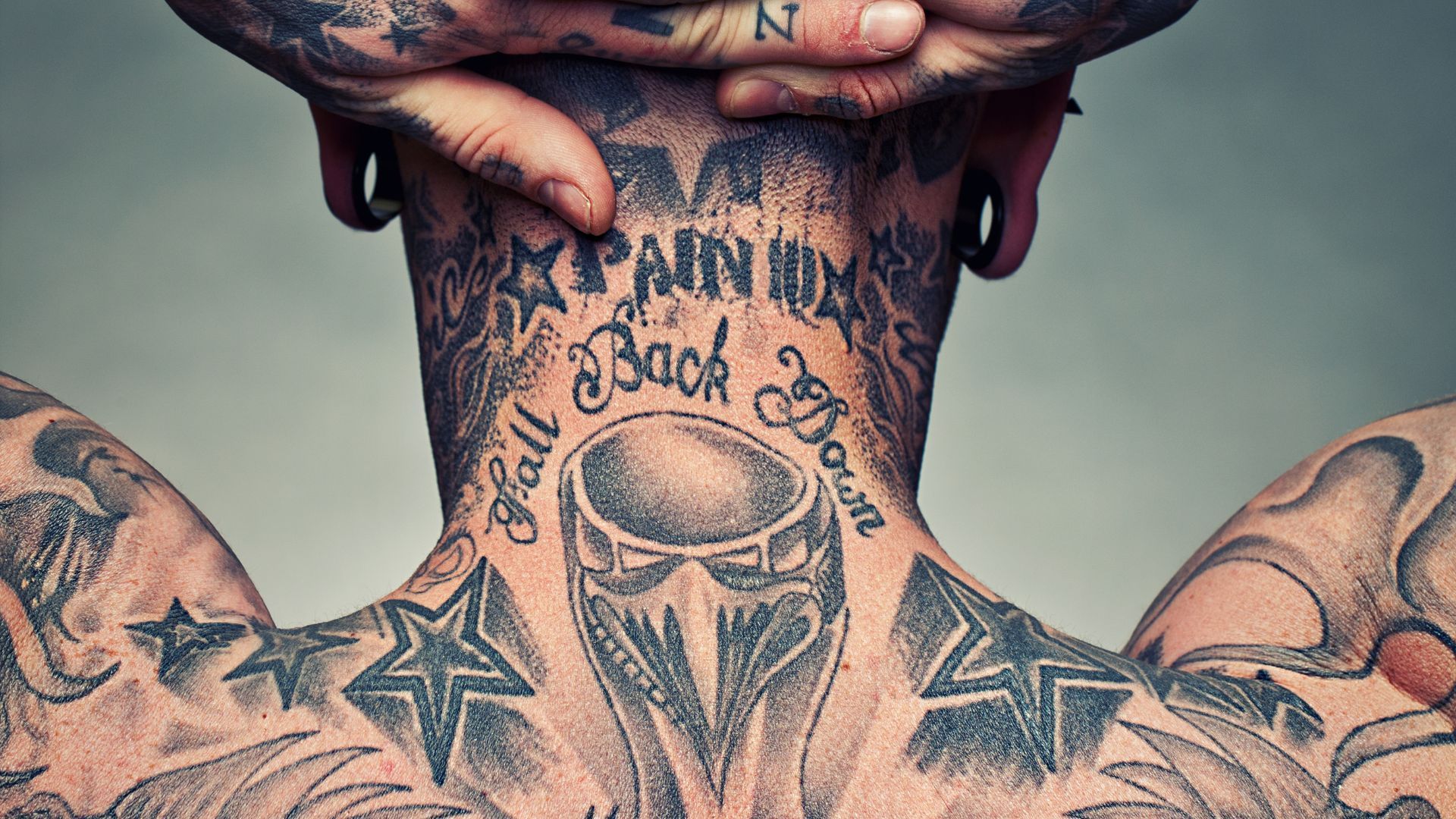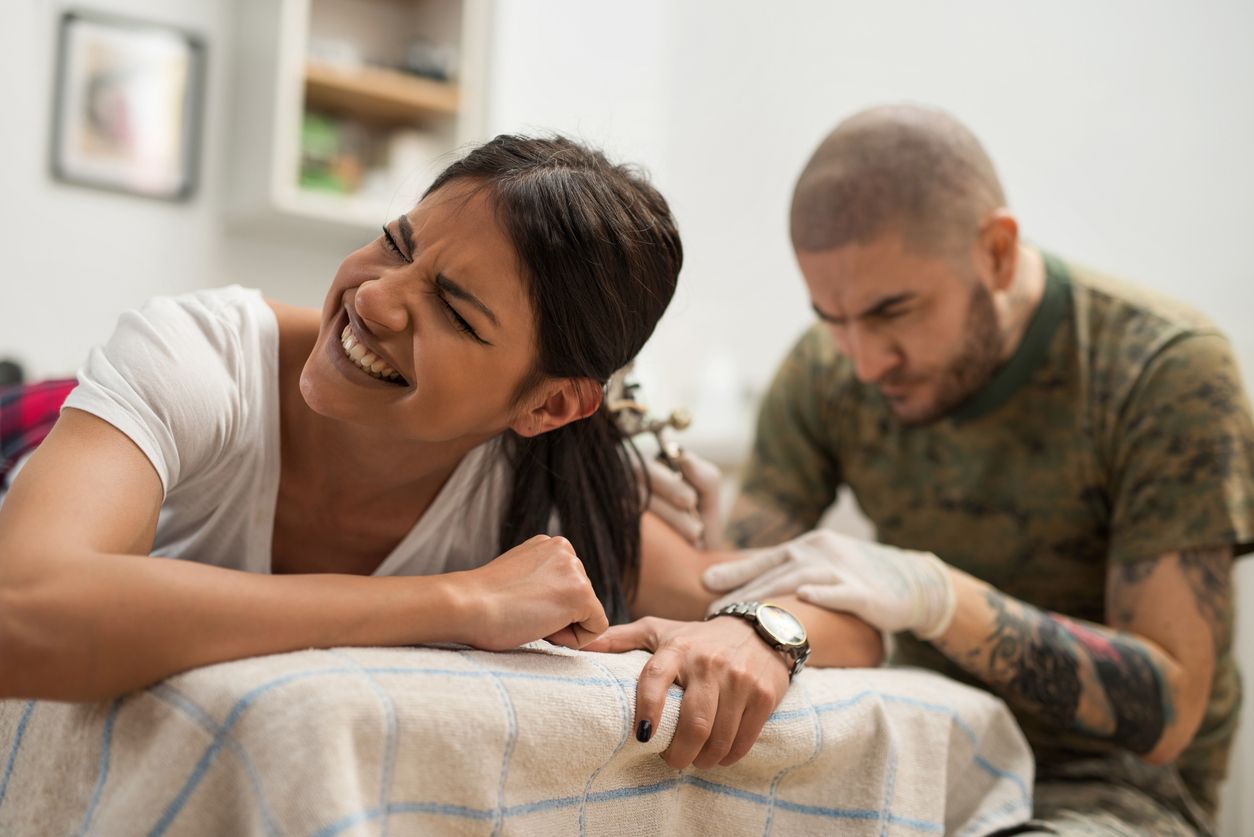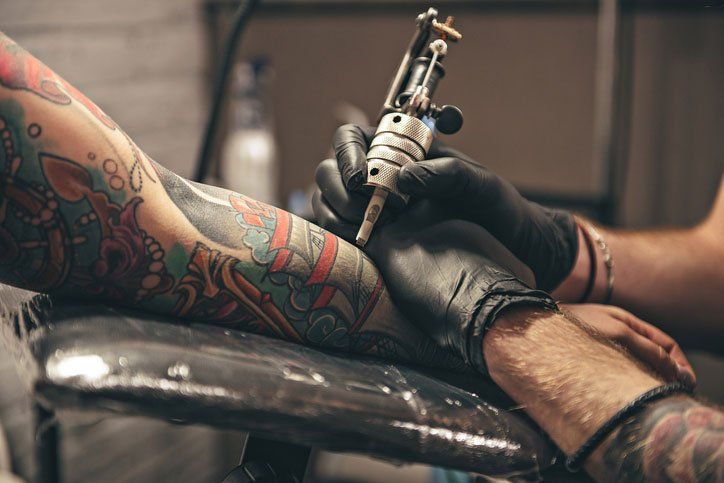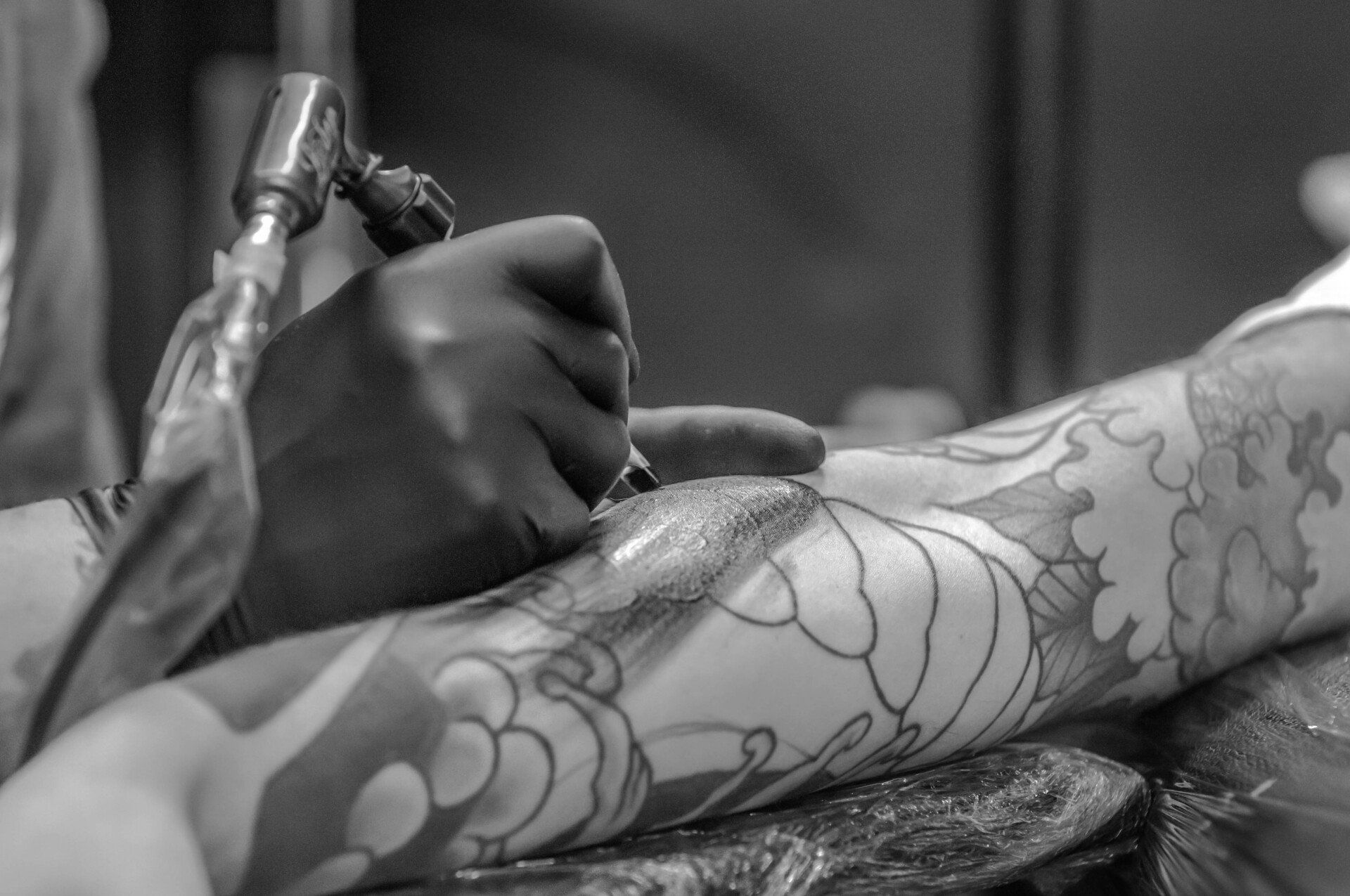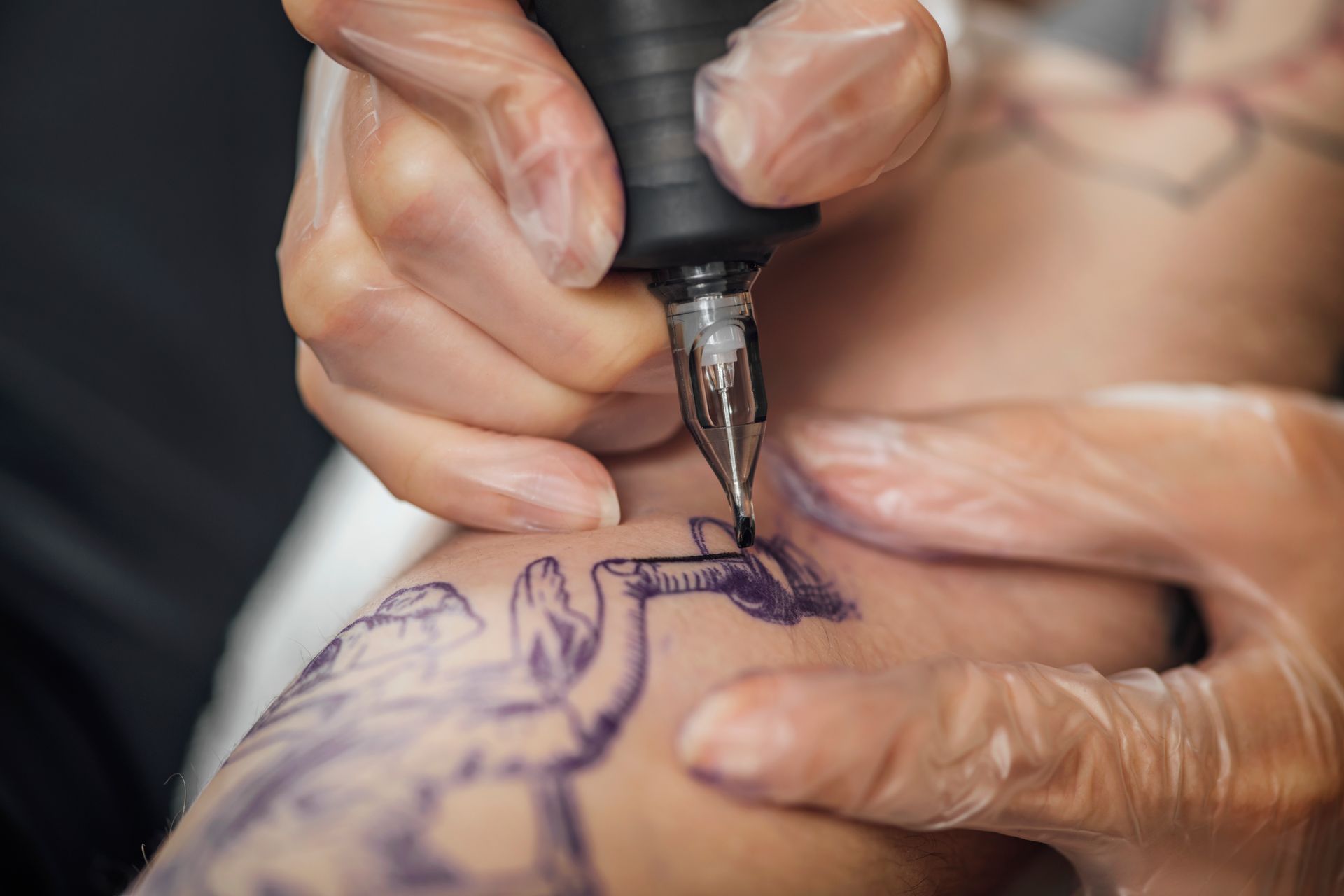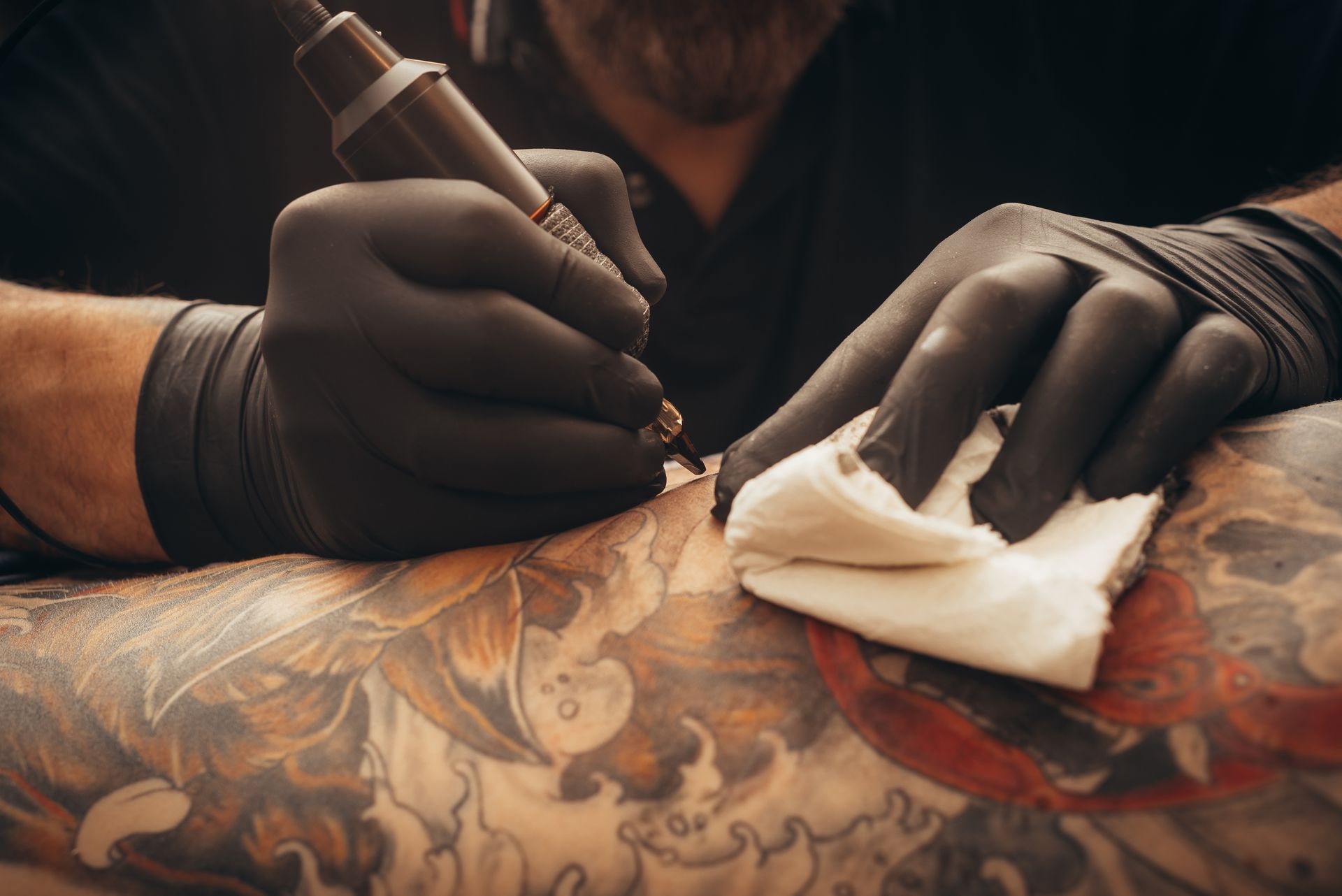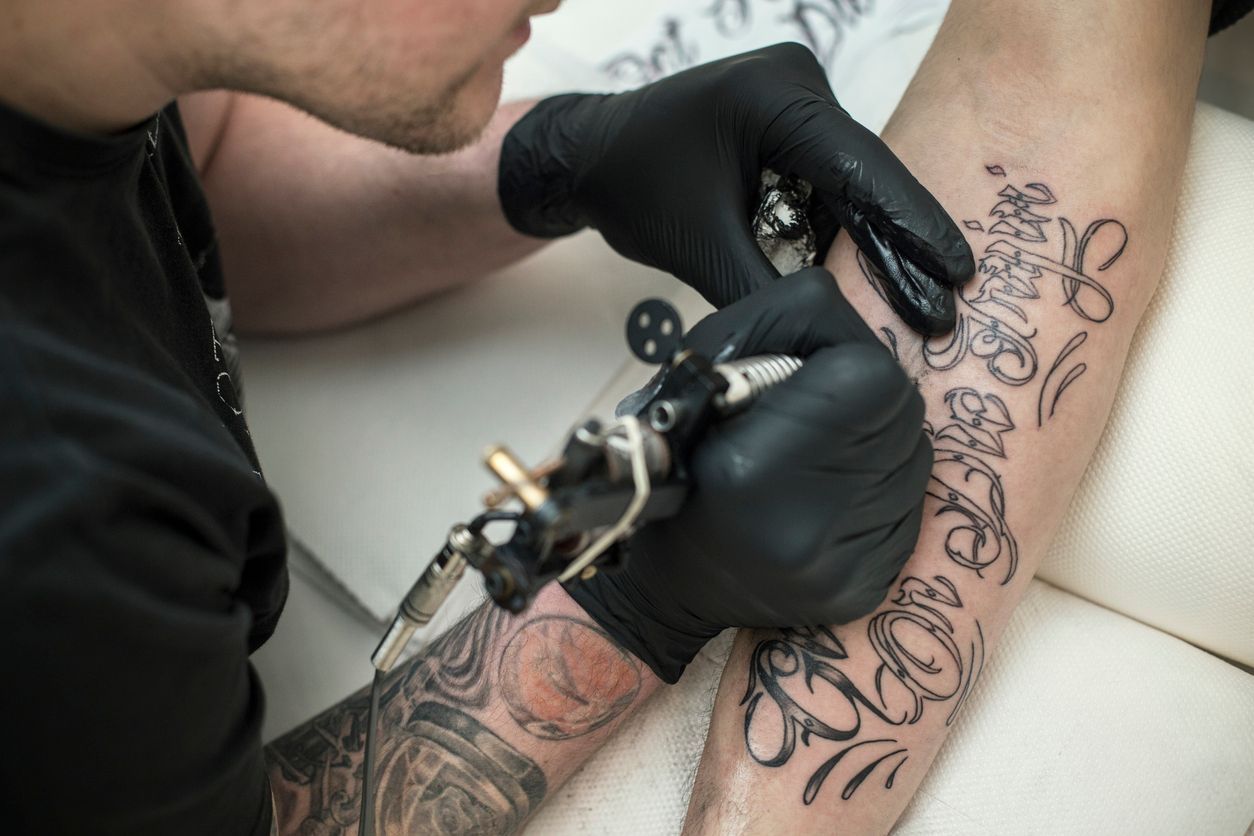Choose the Perfect Tattoo Placement
Choose the Perfect Tattoo Placement

Getting a tattoo is an exciting and deeply personal decision. Whether you're a first-timer or a seasoned tattoo enthusiast, deciding where to place your tattoo is just as important as the design itself. The placement can affect how the tattoo looks, how much it hurts, and even how easily you can show it off (or hide it) when you need to.
At Pauly's Tattoo Studio in Hamilton, we’ve guided countless clients through the process of bringing their dream tattoos to life. To help you make the best decision, here are some essential tattoo placement tips to consider.
1. Consider the Size of the Design
The size of your tattoo will play a major role in deciding where it should go.
- Large designs (like a sleeve or full-back piece) need spacious areas like the back, chest, or thighs.
- Smaller designs (like initials, symbols, or delicate artwork) look great on more compact areas like the wrist, ankle, or behind the ear.
Tip: Bring your design ideas to your artist at Pauly’s Tattoo Studio. Our expert artists can help you determine the ideal placement based on the dimensions and details of your tattoo.
2. Think About Visibility
Do you want your tattoo to be on display or tucked away?
- If you love the idea of showing it off, consider visible spots like your forearms, legs, or neck.
- If you'd prefer something discreet, go for areas like the ribs, upper thigh, or back.
Don't forget to think about your daily life and professional settings. Some workplaces may have policies regarding visible tattoos, so take future scenarios into account.
3. Factor in Pain Levels
Different parts of your body have varying levels of sensitivity. If you're concerned about pain, keep this in mind:
- Areas like the upper arm, thighs, or calves are less painful because they have more flesh.
- Places with thinner skin or closer to the bone, such as ribs, fingers, or ankles, might cause more discomfort.
At Pauly's Tattoo Studio, we ensure every client feels comfortable during the process and provide numbing solutions for certain designs. Call us at 905-662-8804 if you’d like to discuss your pain tolerance with one of our artists.
4. Consider Your Body’s Natural Movements
Your body moves, stretches, and changes over time, so keep your tattoo’s longevity in mind.
- Areas with lots of movement, like the hands, feet, or elbows, may experience more fading or distortion over time.
- Stay hydrated and nourish your skin to maintain its elasticity, especially for tattoos in stretchy areas like the stomach or thighs.
5. Plan for the Future
Are you thinking of expanding your tattoo into a larger piece later? If so, plan the placement accordingly. For example:
- Placing your first tattoo on your forearm may make it easier to add to a sleeve in the future.
- Talk to your tattoo artist about how your current design might fit into a bigger vision down the road.
Our team at
Pauly’s Tattoo Studio specializes in helping clients create thoughtful designs that align with their long-term tattoo goals.
6. Trust Your Tattoo Artist
Your tattoo artist isn’t just here to ink your skin; they’re a seasoned professional with an eye for design and placement. They’ll help you determine the most flattering spot for your tattoo based on its shape, size, and intricacy.
When you choose Pauly’s Tattoo Studio, you’re working with some of Hamilton’s most talented and experienced tattoo artists. We’ll collaborate with you to ensure that your tattoo not only looks amazing but feels right for you.
7. Test It Out
Still not certain about placement? Try this:
- Use temporary tattoos, or trace your design on transfer paper to "test" it out on different parts of your body.
- Take some pictures to see how it looks from various angles before making your final decision.
Visit Pauly’s Tattoo Studio
At Pauly’s Tattoo Studio in Hamilton, we’re passionate about creating custom tattoos that blend personal meaning with stunning artistry. Whether it’s your first time or your hundredth, we’re here to make the process easy, professional, and comfortable.
Got questions about tattoo placement or need advice on your next design?
Give us a call at 905-662-8804 or stop by the studio to chat with one of our skilled artists.
Your perfect tattoo deserves the perfect placement. Let's make it happen!
